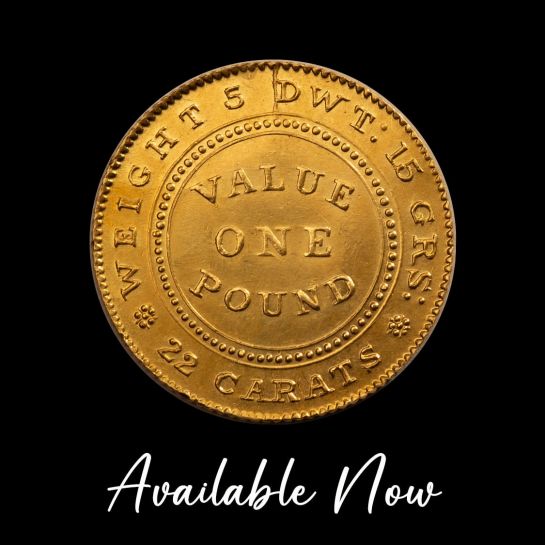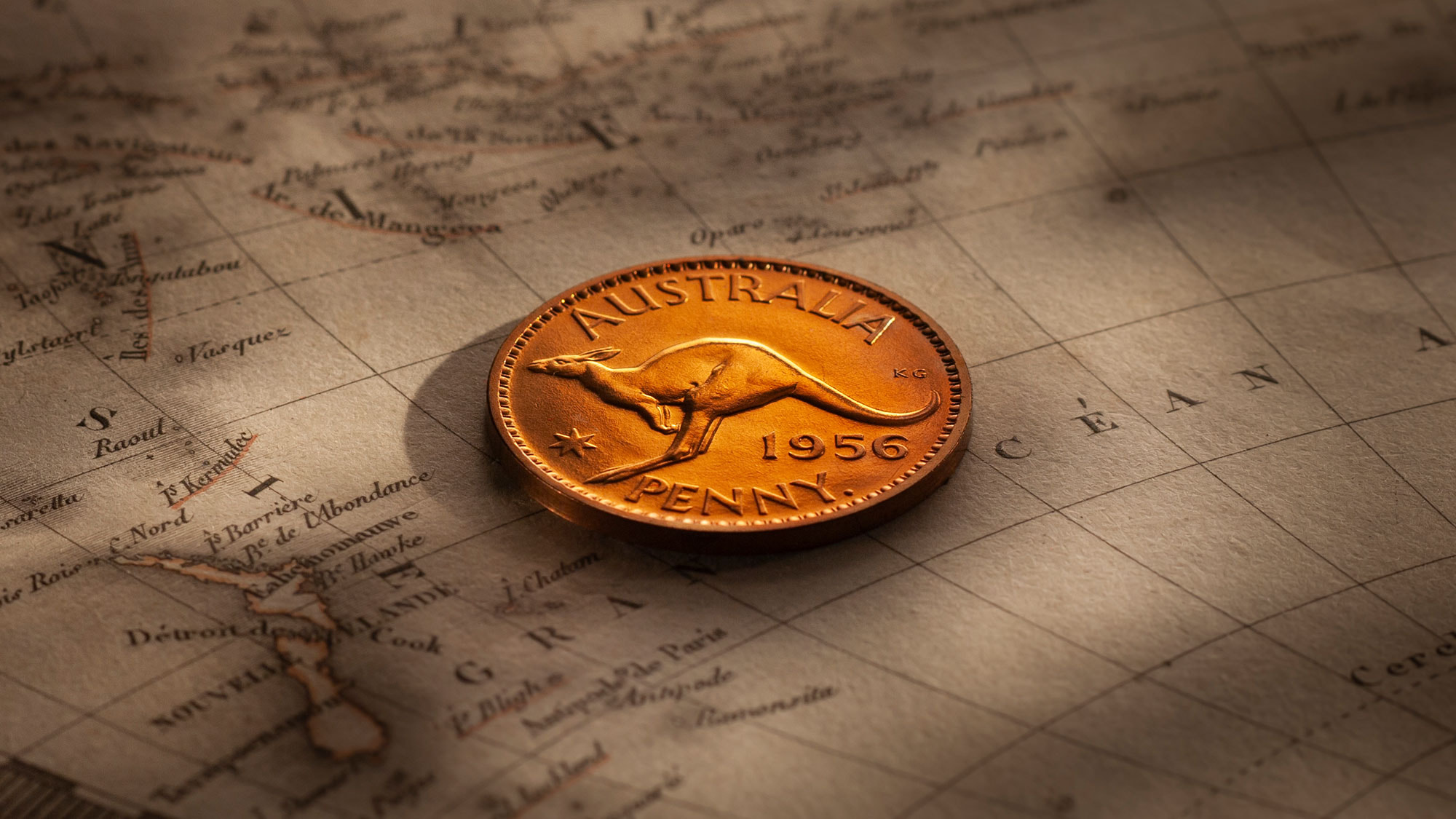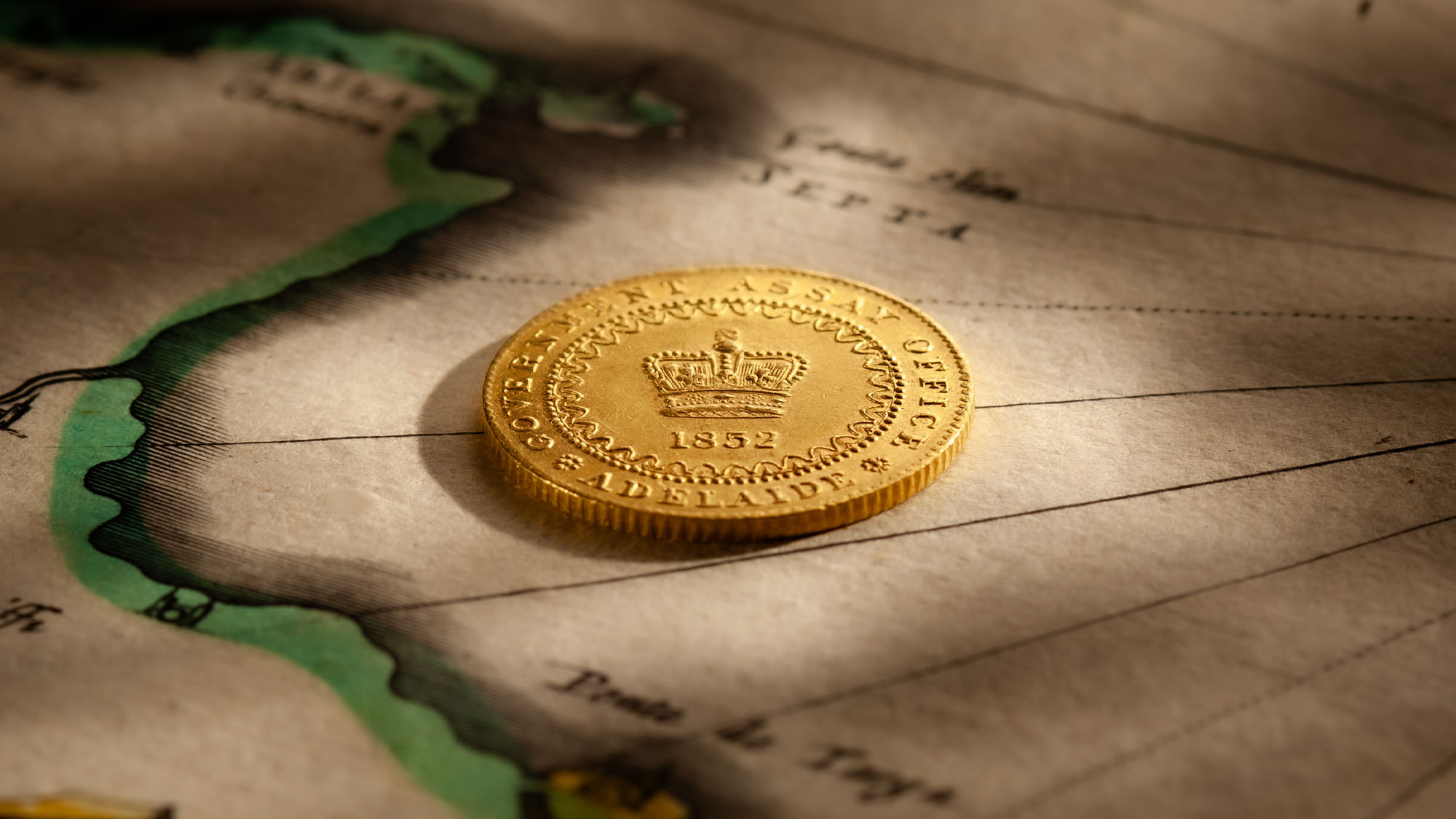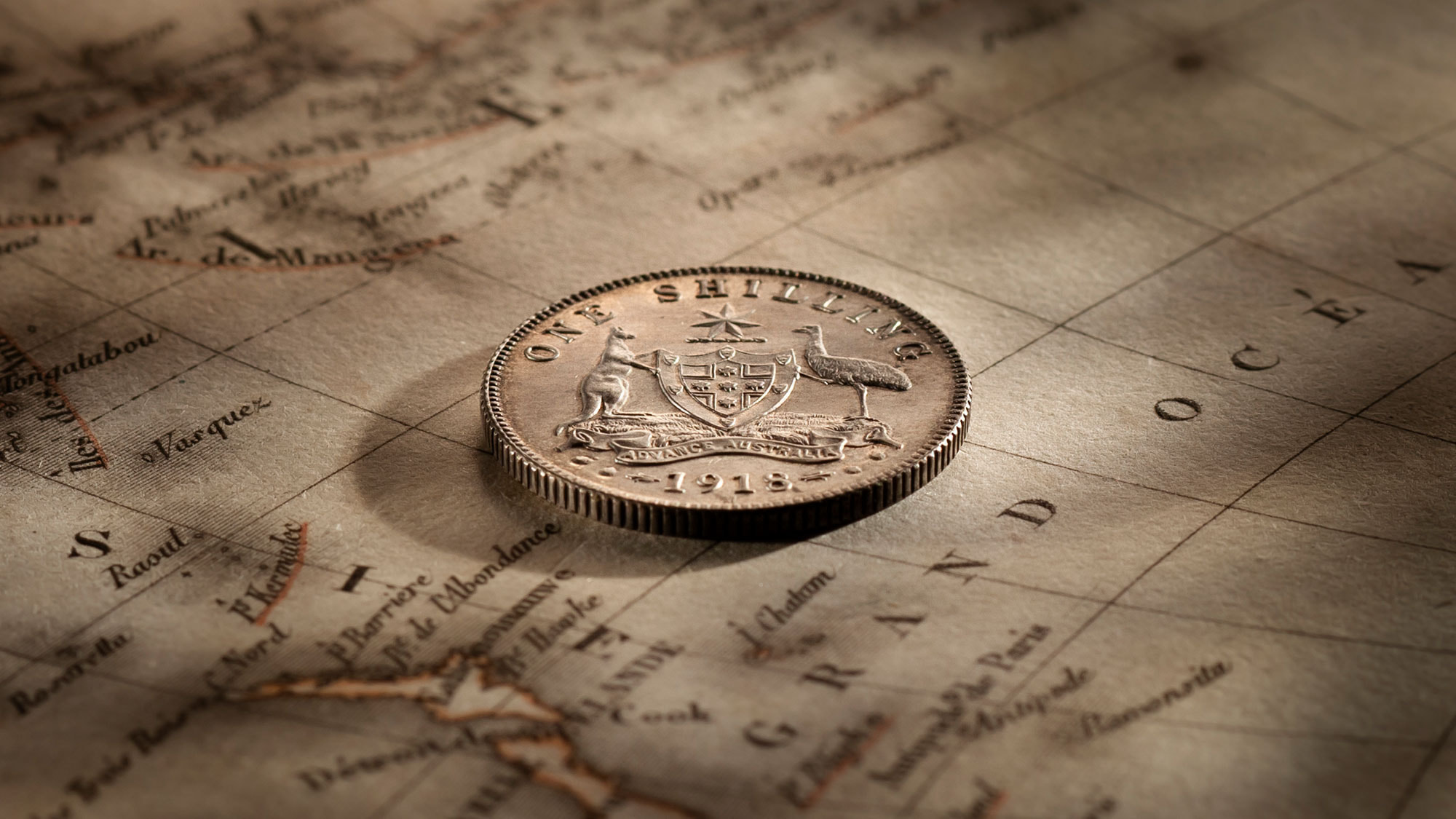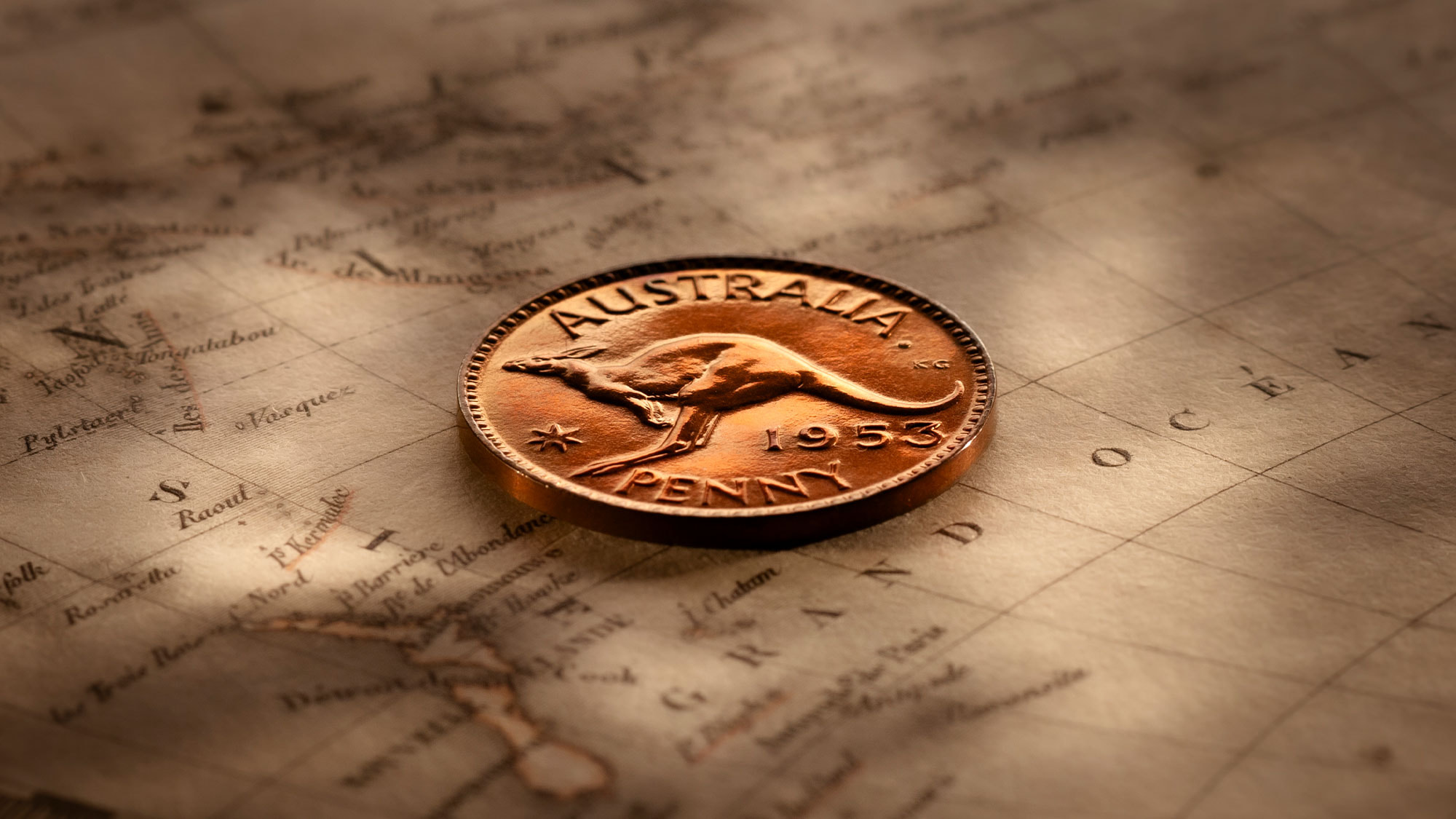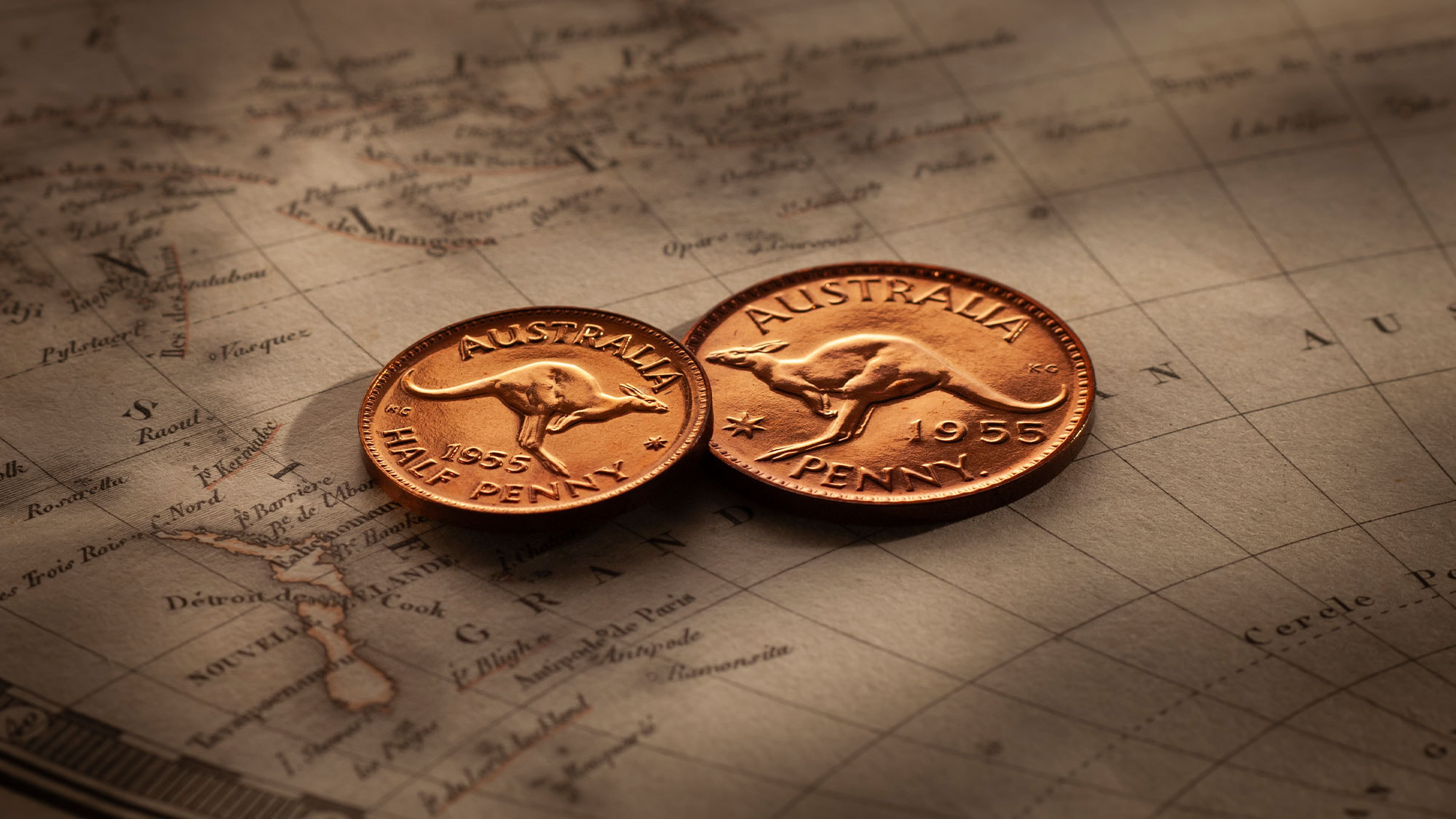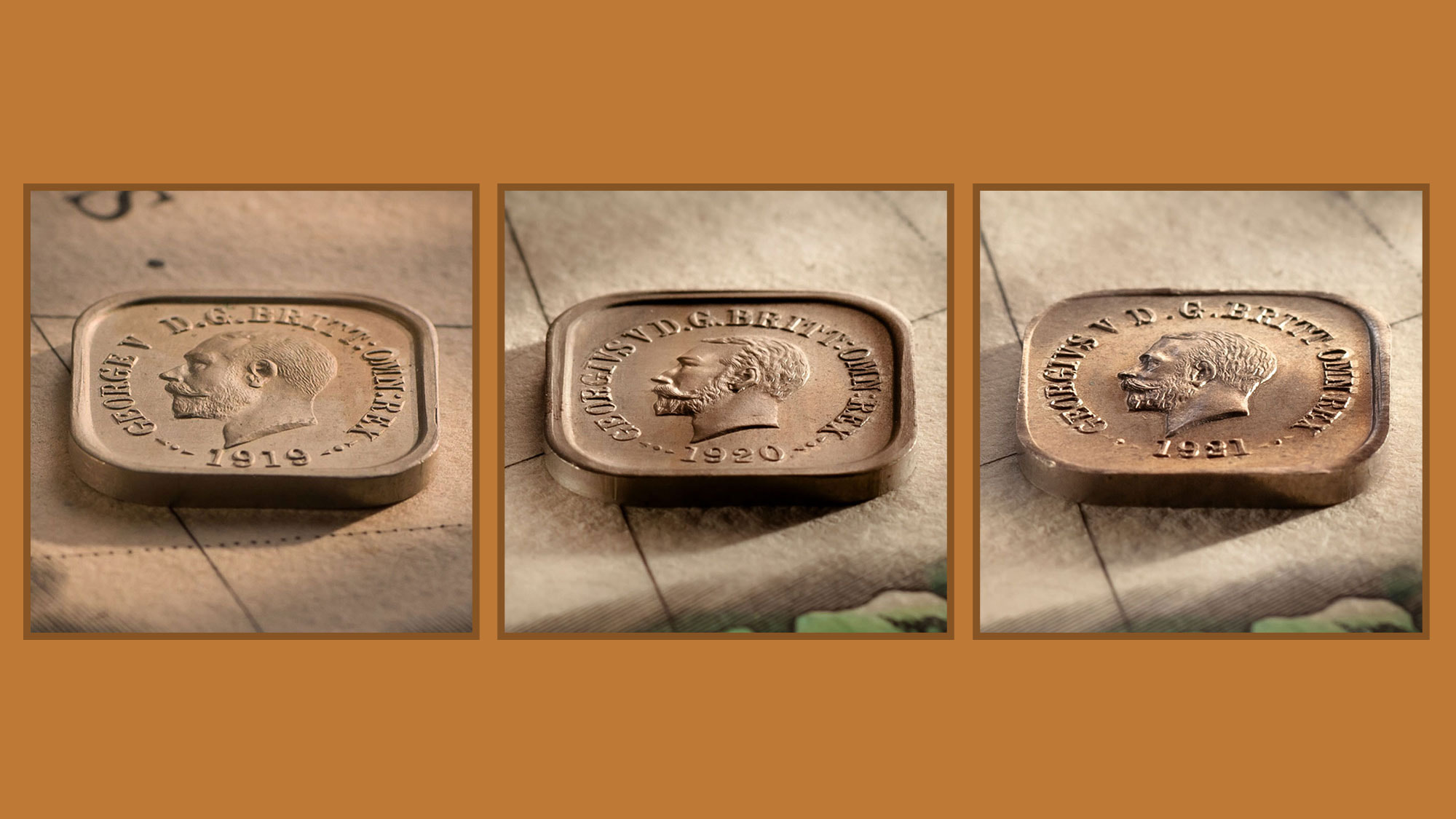The 1852 Adelaide Pound is the nation’s first gold coin, struck at the Government Assay Office, Adelaide.
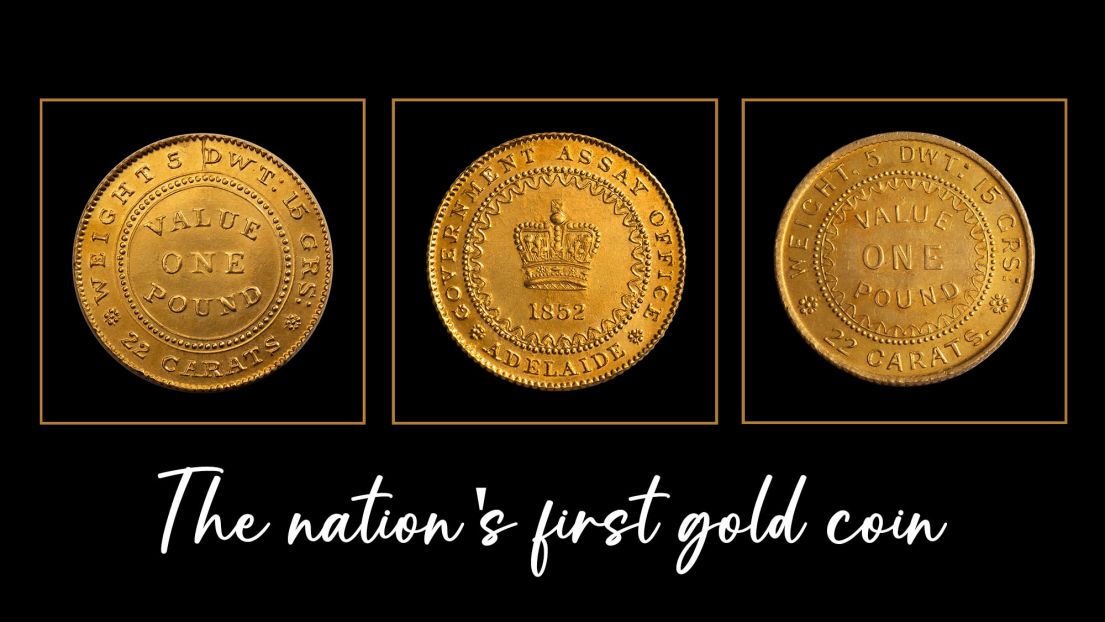
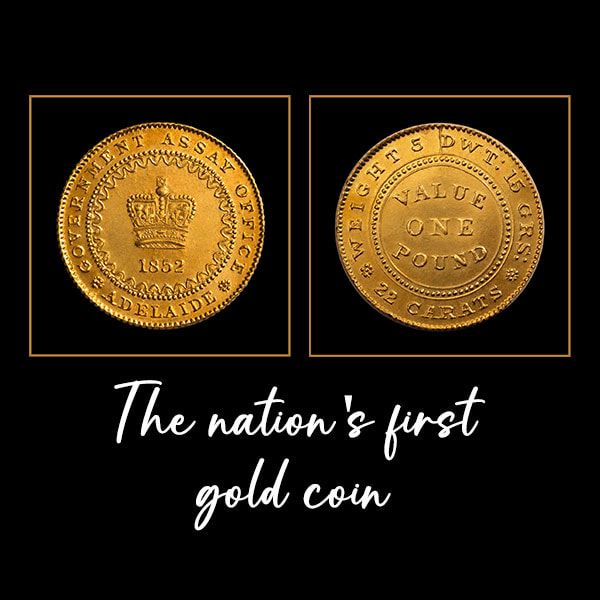
The first gold coin for the colony of South Australia - and the first for the nation - was struck at the Adelaide Assay Office on 23 September 1852. We know it today as the 1852 Adelaide Pound.
Its status as the nation's first gold coin ensures that it will never be forgotten and will always be in demand.
The Assay office was opened early in 1852, its sole responsibility to cast gold nuggets into ingots under local authority of a hastily prepared piece of legislation, titled 'The Bullion Act'. Months later, following agitation from Adelaide’s business community, the Bullion Act was modified to authorize the Assay Office to strike gold coins. It was effectively the nation's first mint, though opened without Royal approval.
Local jeweler and engraver Joshua Payne created the dies, the obverse with the legend declaring the issuing authority - Government Assay Office Adelaide - encircling a crown and the date, 1852. There were no variations in the obverse die. The design depicting the crown, the legend and the date', was used continuously throughout production.
The reverse declared the fineness and weight encircling it's one pound value. But, two reverse dies were prepared, the first with stylish lettering and a simple, elegant beaded inner circle. The second was prepared with plain lettering and a scalloped inner circle.
Whereas no minting expertise was required to cast ingots, precision was required in the striking of currency, minting coins to a defined weight and a uniform design, the latter posing the biggest challenge.
History records that disaster struck during the early stages of production of the 1852 Adelaide Pound. Die-maker and engraver Joshua Payne confirmed that staff had struggled to find the correct pressure levels to exert on the dies to execute a strong overall design.
The first production run commenced with the 'crown' obverse die and the 'beaded inner circle' reverse die, the decision made to apply pressure on the edges to ensure that the coin was produced with strong edge denticles and a strong legend.
The pressure proved excessive. Only a small number of coins were produced before a crack developed in the edge of the reverse die, forcing an interruption to minting. The impaired die was replaced and production resumed using the second reverse die, featuring a scalloped inner border.
The final mintage of the Adelaide Pound (using both dies) is recorded as 24,648.
As two distinctly different reverse dies were used during the production of the 1852 Adelaide Pound, determining whether a coin is from the modest first run or the second more substantial run of coins requires very little thought!
Once a collector develops some familiarity with the coins it is clear that the reverse die is not the only differentiating factor. First and second production run coins exhibit different traits due to the strike.
Adelaide Pounds from the first production run have almost picture-perfect edges and beautiful strong denticles due to the pressure being exerted on the edges of the dies.
However, as the pressure was exerted on the edges, the force applied to the central part of the design was reduced, producing coins with slightly weaker definition in the crown and in the central area of the reverse.
Relaxing the pressure on the dies in the second production run of Adelaide Pounds lengthened the die usage but created its own shortcomings. Once the pressure was reduced on the edges, the perfection that was achieved in the denticles and legend in the first run of coins was simply not achievable.
Adelaide Pounds from the second production run notoriously have weakness in the edges and weakness in the legend, most particularly in the Assay Office area. And this is noted in about nine out of every ten examples. But, the crown design will invariably be well executed with flattened areas mainly due to usage.
So in summary ... Adelaide Pounds from the first production run were struck using a reverse die with a beaded inner circle and typically have strong edges but slightly weaker design definition in the crown. We refer to the coins as Type I Adelaide Pounds and perhaps forty examples survive today. It is a truly elegant piece and Australia's most coveted gold coin.
Adelaide Pounds from the second production run were struck using a reverse die with a scalloped inner border (thereby differentiating them from those in the first production run) and typically have weakness in the edges and weakness in the legend but strong definition in the crown. We refer to the coins as Type II Adelaide Pounds and perhaps two hundred and fifty examples survive today.

Type I
Adelaide Pound
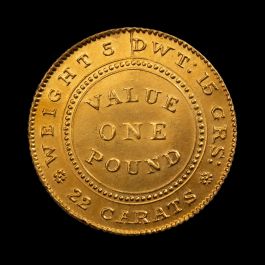
Type I
Adelaide Pound
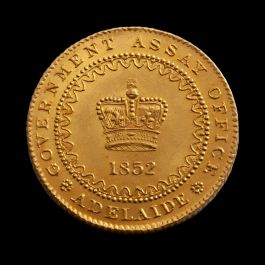
Type II
Adelaide Pound

Type II
Adelaide Pound
The challenge and triumph for Type I buyers
The Type I Adelaide One Pound is Australia's greatest gold coin rarity, revered by local and international collectors.
The reverse design is sophisticated and elegant and features a beaded inner circle. The strong edges provide a 'complete look', creating a focal point and drawing attention to the coin. It's the same effect that a picture frame has on a painting.
For collectors wishing to acquire a Type I Adelaide Pound, the challenge is simply one of availability for less than forty examples have survived from the first production run in varying degrees of quality.
The coins are rarely offered, we suggest once every few years.
A lustrous Uncirculated Type I Adelaide Pound is a joy to behold and the nation's most prestigious gold coin rarity.
In our experience, there are only three known examples in the upper quality levels.
• The Madrid Collection 1852 Adelaide Pound Type I is an Uncirculated and lustrous example from the Madrid Collection of Australian Rare Coins with strong definition in the edges and the crown (available now through Coinworks).
• The Nobleman 1852 Adelaide Pound Type I exists in a superb mint state, see below.
• The Mortimer Hammel 1852 Adelaide Pound Type I is a lustrous Brilliant Uncirculated example, see also below.

Nobleman Type I • Sold 2023

Hammel Type I • Sold 2019

Madrid Type I •
Available now
The challenge for a Type II buyer
The challenge for a Type II buyer is not so much one of availability, for with two hundred and fifty examples surviving out of the original mintage, several coins will come up for sale annually. Across a broad range of qualities.
The challenge lies in finding a coin that presents itself well and that has a solid strike in the edges, legend and crown.
In the second production run, pressure was relaxed in the edges to lengthen the die usage. The reduction in pressure on the edges meant that the edge perfection achieved in the first run of coins was simply not achievable.
Most Type II Adelaide Pounds have some weakness in their edges in the Government Assay Office area. But nearly always, the crown design is perfectly executed with flattened areas simply due to wear.
The challenge for collectors is to find an Adelaide Pound Type II that shows maximum strength in the edges. And they do exist!
We follow a rule of thumb when it comes to selecting Adelaide Pounds, and you will not go far wrong in selecting a nice example by following our protocols.
Start with the edges and work your way in. Confirm the strength of the edge denticles and the legend Government Assay Office. And then move inwards to the crown. Lastly examine the fields.
History of the 1852 Adelaide Pound
The discovery of gold in 1851 is one of the most extraordinary chapters in Australian history, transforming the economy and society and marking the beginnings of a modern multi-cultural Australia. It also led to the creation of the nation’s first gold coin, the 1852 Adelaide Pound.
Word of the discovery of gold spread like wildfire across the country and overseas. First was the rush to Ophir near Bathurst in early 1851 and the even greater rush to Ballarat in August of the same year.
Then in quick succession came the rich finds throughout central Victoria, Queensland, Northern Territory and finally the bonanza in Western Australia.
No colony was immune from the dramatic effects of the discovery of gold.
Those that were rich in gold. And those, such as the colony of South Australia, that was devoid of the precious metal. Its economy collapsed due to the mass exit of manpower lured to the Victorian gold fields.
Adelaide lost almost half its male population within the first three months of the first big gold strike near Ballarat. Also gone its cash resources. About two-thirds of the available coin travelled out of the state.
As the two main pillars of national activity, labour and capital, literally walked out, prices plummeted, property plunged, mining scrip nosedived, and Adelaide took on the air of a ghost town, with row after row of tenantless houses.
The cash-strapped banks pressed their debtors for cash payments, but as most debtors were merchants with their capital tied up, disaster beckoned.
By late 1851, genuine panic gripped those who had stayed behind as the total and complete insolvency of Adelaide looked real.
Out of desperation the Government offered a reward of one thousand Pounds for the discovery of a gold field in South Australia.
None was found.
South Australia’s problems were further compounded because there was no method available to convert the gold nuggets the diggers had brought back from Victoria into a form that could be used for monetary transactions.
Calls were made for the establishment of a Government mint and the issuing of a coinage, but this was viewed as being in direct violation of the Royal Prerogative. Coining was beyond the powers and privileges of any local authority.
On 9 January 1852, over 130 leading businessmen and a further 166 merchants met with Lieutenant Governor Sir Henry Young and pressured him to start up a mint to convert the raw gold into coin. The intention was that the mint would purchase gold from the Victorian fields at a higher price than paid in Melbourne.
There are some doubts as to who suggested an Assay Office and stamped bullion. What is known is that the establishment of a similar office had been introduced into the legislature of New South Wales in 1851. It was defeated mainly due to the opposition of the banks.
Although Young realised that only Royal approval could initiate a move to establish a mint, he was also aware that the survival of the colony was at stake.
He found a loophole in the legislation. While the Governors were not allowed to assent in her majesty’s name to any bill affecting the currency of the colony, an accompanying paragraph that stated … “unless urgent necessity exists requiring such to be brought into immediate operation”. The “urgent necessity” clause paved the way for the South Australian Legislative Council to pass the 1852 Bullion Act.
A special session of the Legislative Council was convened on the 28 January 1852.
An enactment was proposed that allowed the Assaying of gold into ingots; the Council seeking to deflect Royal disapproval by striking gold ingots rather than sovereigns.
The ingots were intended to form a currency that would back the banknote issues of the banks as if they were gold coin. And be used by the banks to increase their note circulation based on the amount of assayed gold deposited.
The Act was as daring, as it was contentious, in that it made the banknotes of the three South Australian banks a Legal Tender, under specified conditions.
It drew condemnation from the eastern states. Melbourne’s Argus condemned the Act as dangerous, radically unsound and interfering with the natural laws of commerce. But these protests were motivated by self-interest, as South Australia posed a real threat to the Victorian economy by re-directing capital and labour away from the Victorian gold fields.
The Bullion Act No 1 of 1852 has a record unique in Australian history. A special session of Parliament was convened to consider it. Parliament met at noon on the 28 January 1852. The Bill was read and promptly passed three readings and was then forwarded to the Lieutenant Governor and immediately received his assent.
It was one of the quickest pieces of legislation on record, with the whole proceedings taking less than two hours.
Thirteen days after the passing of the Act, on 10 February 1852, the Government Assay office was opened. Its activities were supported by a state government initiative to provide armed escorts to bring back the gold from the Victorian diggings.
Months later, following agitation from Adelaide’s business community, the Bullion Act was modified to authorize the Assay Office to strike gold coins. It was effectively the nation's first mint, though opened without Royal approval.
The Bullion Act had a lifetime of only twelve months. By the time the legislative amendments were passed to enact the production of gold coins, the Act had less than three months to run. As a consequence, only a small number of Adelaide Pounds were struck (24,768) and very few actually circulated.
When it was discovered that the intrinsic value of the gold contained in each piece exceeded its nominal value, the vast majority were promptly exported to London and melted down. That goes a long way towards explaining why so few Adelaide Pounds survive today (approximately 250) and why the highest-quality examples command such high prices.
Coinworks recommends
© Copyright: Coinworks
